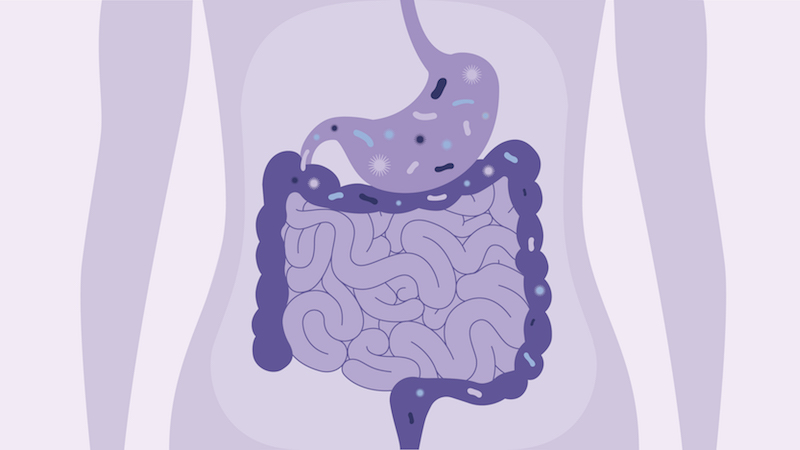Causes and Diagnoses
Causes and Diagnoses of Gastroparesis
For many people with gastroparesis, the exact cause is never found. In others, the condition is related to a damaged vagus nerve. This nerve controls peristalsis, or the wave-like motion that moves food from the stomach into the duodenum, the beginning of the small intestine. When the vagus nerve gets damaged, the muscles don’t contract as they should, and digestion slows down or stops completely.
Conditions that can cause damage to the vagus nerve include:
- Metabolic disorders, such as diabetes and thyroid disease
- Nervous system disorders, such as Parkinson’s disease
- Smooth muscle disorders, such as esophageal scleroderma
- Anorexia or bulimia
- Chronic fatigue syndrome
- Surgery on the stomach, bowels or vagus nerve
- Viral illness
- Medication, including opioids
Medications that worsen the effects of gastroparesis include antidepressants and drugs for blood pressure and diabetes.
Diagnosing gastroparesis
Diagnosing gastroparesis begins with a physical exam and health history. Tests may include:
- X-rays: X-ray images can indicate the location and severity of a blockage or infection.
- Barium swallow: A special series of X-rays is taken of your stomach and duodenum after you drink small amounts of a liquid containing barium, a contrast material that coats your digestive tract and shows up well on X-rays.
- CT scan: A computed tomography (CT) scan combines X-ray and computer technology to produce detailed cross-sectional images of your intestines.
- Upper endoscopy: A thin, lighted tube with a camera attached to it is passed through your mouth and esophagus to your stomach and duodenum. Your physician can look at pictures of your digestive tract and evaluate any abnormalities or blockages.
- Capsule endoscopy: A tiny camera, embedded in a small capsule that you swallow, takes pictures of your esophagus and stomach.
- Gastric emptying scan: This test measures how quickly food leaves the stomach. For the test, a meal containing a tracer (a harmless radioactive substance) is eaten. Then scans of the stomach are done. The tracer shows up clearly on the scans and shows the movement of the food through the stomach.
- Antroduodenal manometry: A pressure-sensitive tube is passed through your stomach and small intestine to measure pressure inside your esophagus.



